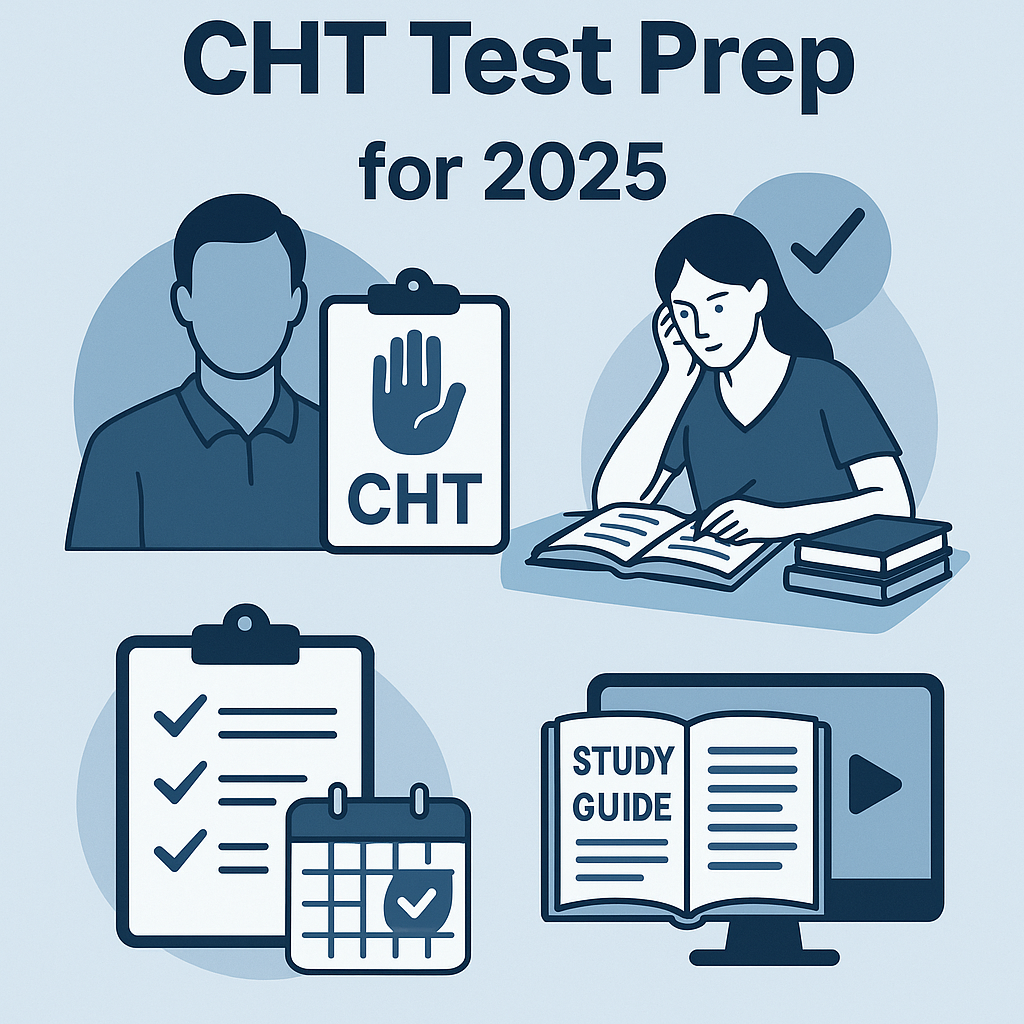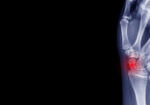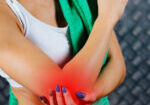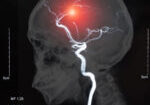Preparing for the Certified Hand Therapist (CHT) exam is a major step toward advancing your career in hand therapy. Whether you’re an occupational therapist (OT) or physical therapist (PT), this guide will walk you through everything you need to succeed—from study strategies and prep materials to real-life success stories and expert tips.

What is the CHT Exam?
The CHT exam is a nationally recognized certification for therapists specializing in hand and upper extremity rehabilitation. Administered by the Hand Therapy Certification Commission (HTCC), it tests clinical knowledge and advanced practice in upper limb therapy.
Eligibility Requirements
- Must be a licensed OT or PT.
- Minimum of 3 years of clinical experience.
- At least 4,000 hours of direct hand therapy practice.
Exam Details
- Duration: 4 hours
- Questions: 200 multiple-choice
- Format: Computer-based at Prometric centers
- Topics Covered:
- Anatomy & Physiology
- Pathology & Diagnosis
- Treatment Techniques
- Clinical Reasoning
- Anatomy & Physiology
Why CHT Certification Matters
Becoming a Certified Hand Therapist shows commitment to clinical excellence and opens up valuable career opportunities.
Key Benefits
- Enhanced credibility with employers and patients.
- Greater earning potential.
- Priority in competitive job markets.
- Recognition from peers and referral sources.
In a field where specialization sets you apart, the CHT credential is a gold standard.
Key Requirements for Taking the CHT Test
Before applying, you’ll need to:
- Be licensed as an OT or PT in the U.S. or Canada.
- Accumulate 4,000 hours of upper extremity therapy across a minimum of 3 years.
- Provide proof of license and hours with proper documentation.
The HTCC is strict about documentation, so ensure all hours are accurately tracked and verified.
Understanding the Exam Format
The CHT exam may feel overwhelming, but knowing the format helps reduce test anxiety.
| Category | Details |
| Type | Multiple-choice |
| Questions | 200 |
| Time | 4 hours |
| Passing Score | Variable (scaled scoring) |
| Test Window | Two periods per year |
The test is weighted heavily on clinical reasoning, differential diagnosis, and problem-solving, so rote memorization alone won’t cut it.
Top CHT Test Prep Strategies
Preparation is everything. Here’s how to build a bulletproof study approach:
1. Set Clear Goals
Break your study period into manageable milestones. Start with a diagnostic self-assessment to identify weak areas.
2. Use Active Learning
Incorporate:
- Flashcards
- Group discussions
- Case studies
- Teaching concepts aloud
3. Diversify Materials
Don’t rely on a single book or course. Use multiple sources to reinforce learning and improve recall.
4. Review Consistently
Create a weekly study calendar and commit to 2–3 hours per day over 3–4 months.
Recommended Study Materials
Your success depends on the quality of your resources. Here are the top-rated tools:
| Resource | Details |
| Rehabilitation of the Hand | Comprehensive, detailed, great for reference |
| ASHT Exam Prep Course | Developed by the American Society of Hand Therapists |
| Practice Exams | Closely mirrors the real test |
| Quizlet & Anki Decks | Flashcards for on-the-go review |
| Hand Therapy Academy online courses | Online video modules and interactive contentHand Therapy Academy |
Always check the date of publication—recent editions are essential to reflect current clinical practices.
Free vs. Paid CHT Prep Resources
| Aspect | Free Resources | Paid Resources |
| Cost | $0 | $150–$1,200+ |
| Depth | Basic to intermediate | Advanced, thorough |
| Interactivity | Low to Medium | High (videos, quizzes, live sessions) |
| Best For | Budget learners, initial overview | Serious candidates aiming for first-time success |
Free resources are great to start, but to truly ace the test, invest in premium content.
How to Create a Study Schedule
Building a realistic schedule is key. Here’s a sample 12-week plan:
| Month | Focus Area | Hours/Week |
| 1–2 | Anatomy, Physiology | 10 |
| 3 | Pathology & Clinical Reasoning | 12 |
| 3 | Orthotics & Treatment | 10 |
| 4 | Doagnoss | 10 |
| 5 | Review Weak Areas | 12 |
| 6 | Final Practice Exam | 8 |
Stick to this plan and adjust as needed to avoid burnout.
Practice Tests and Mock Exams
Taking practice exams is one of the most effective ways to gauge your readiness and build confidence.
Why They Matter
- Simulate the real test environment
- Improve time management
- Highlight weak areas
- Reduce anxiety on test day
Try the Hand Therapy Academy Practice Test
Each 200-question CHT Practice Test is designed to reflect the full range of knowledge required to succeed on the HTCC certification exam. But we didn’t stop there—we also created a realistic test simulation experience that helps guide your study efforts even after the test is complete.
Make sure to review every incorrect answer and understand the rationale behind it—this is where the real learning happens.
Common Mistakes to Avoid During Preparation
Even the best students make mistakes. Here’s what to watch out for:
- Cramming Last Minute
Avoid rushing through materials. You’ll forget more than you remember. - Ignoring Weak Areas
Focus on improving low-performing sections, not just reviewing what you already know. - Passive Learning
Reading without engaging or testing yourself isn’t enough. - Overlooking the Exam Format
Knowing what to expect can prevent panic on exam day. - Burnout from Overstudying
Take breaks and prioritize sleep to stay mentally sharp.
Tips for Test Day Success
The big day has arrived. Here’s how to stay calm and crush it:
✅ Night Before:
- Review flashcards, not new material
- Pack ID and Prometric documents
- Sleep for at least 7–8 hours
✅ Morning of the Exam:
- Eat a balanced breakfast
- Arrive early to avoid stress
- Wear comfortable clothing
✅ During the Test:
- Pace yourself (about 1 question every 1.2 minutes)
- Don’t dwell on difficult questions—mark and return later
- Stay hydrated and focused
How to Stay Motivated Throughout Your Journey
The road to becoming a CHT is long, but staying motivated is essential.
Tips to Keep Going
- Celebrate Milestones: Small wins matter.
- Join Study Groups: Online communities or local meetups.
- Visual Reminders: Post your goals where you can see them.
- Reward Yourself: After long study sessions or exams.
Having a “why” can keep you going when the process gets tough.
What to Do After the Exam
So, you’ve completed the test—now what?
Post-Exam Steps
- Wait for results (usually 6–8 weeks).
- Celebrate—you’ve done the hard part!
- If you pass, start using your CHT title immediately.
- If not, review your performance report and create a new study plan.
Remember, many successful therapists didn’t pass on their first try—but persistence pays off.
FAQs About CHT Test Prep
1. How long should I study for the CHT exam?
Plan for 3 to 6 months, depending on your availability and baseline knowledge.
2. Are online CHT prep courses worth it?
Yes, especially if they include mock exams, CEUs, and detailed feedback.
3. What’s the best book for CHT preparation?
Most recommend Rehabilitation of the Hand and Upper Extremity by Hunter & Mackin.
4. Can I work full-time while preparing?
Yes, but you’ll need a disciplined study schedule and possibly cut back hours closer to the exam.
5. What is the pass rate for the CHT exam?
It varies, but averages around 60–70%—highlighting the need for solid preparation.
6. What happens if I fail the exam?
You can retake it during the next testing window after analyzing your performance breakdown.
Final Thoughts: Achieving Your CHT Goals
The path to becoming a Certified Hand Therapist isn’t easy—but it’s worth it. With strategic CHT test prep, you’ll not only pass the exam but also grow as a clinician and expand your career opportunities.
Believe in your abilities, follow a smart plan, and don’t be afraid to ask for help. Your CHT title is closer than you think!
More To Read
A Review on the Conservative Management of Trigger Finger
Lunsford, D., Valdes, K., & Hengy, S. (2017). Conservative management of trigger finger: A systematic review. Journal of Hand Therapy, 32(2), 212-221. https://doi.org/10.1016/j.jht.2017.10.016 The Skinny The main purpose of the literature review was to determine the efficacy of conservative management of trigger finger (TF) through the use of an orthosis in addition to therapy. The review…
Read MoreShould we still be immobilizing the thumb in scaphoid fractures, or is a wrist-only cast just as effective?
Article:Harper, K. J., Rees, Y., Tan, N. X., Li, H., Fonseca, E. A., Quach, P. G., Lee, G. S., Brayshaw, J.R., & McGarry, S. (2025). Determining the success of clinical outcomes for thumbimmobilization compared to no thumb immobilization in adult non-displaced, non-surgically managed scaphoid fractures: A systematic review. Hong Kong journal ofoccupational therapy. The Skinny:This study…
Read More“Do joint mobilizations assist in the recovery of lateral elbow tendinopathy? A systematic review and meta-analysis”
By Sophia Grimm Lucado, A. M., Dale, R. B., Vincent, J., & Day, J. M. (2019). Do joint mobilizations assist in the recovery of lateral elbow tendinopathy? A systematic review and meta-analysis. Journal of hand therapy : official journal of the American Society of Hand Therapists, 32(2), 262–276.e1. https://doi.org/10.1016/j.jht.2018.01.010 The Skinny: The purpose of this study was…
Read MoreVideo-augmented mirror therapy for upper extremity rehabilitation after stroke
Kim, H., Kim, J., Jo, S., Lee, K., Kim, J., & Song, C. (2023). Video augmented mirror therapy for upper extremity rehabilitation after stroke: a randomized controlled trial. Journal of Neurology, 270(2), 831-842. Article Review: Shannon Skowbo The Skinny: This single-blind, randomized control trial aimed to assess the effects of mirror therapy for stroke patients…
Read MoreSign-up to Get Updates Straight to Your Inbox!
Sign up with us and we will send you regular blog posts on everything hand therapy, notices every time we upload new videos and tutorials, along with handout, protocols, and other useful information.





